Very quiet operation, but with “sufficient” cooling performance that doesn’t hold back the components. That’s the assignment we gave ourselves when building a mid-range PC with which, regarding cooling hardware, we went with DeepCool. The case which became the basis of this configuration has great potential to achieve the desired result, but everything needs to be set adequately. Read more “Tuned for low noise: Case, cooler and PSU from DeepCool”
Tag: Intel
Intel discontinues Cryo Cooling Technology, ends the app updates
Three years ago, when Comet Lake processors came out – the very last of several Skylake architecture refreshes produced in the troubled 14nm era – Intel tried to boost it with cryogenic cooling technology, or rather cooling with an auxiliary thermoelectric element that lowered the temperature of the “coldplate”, cooling the processor below the ambient temperature. This technology is now yet another activity that Intel has cut back on. Read more “Intel discontinues Cryo Cooling Technology, ends the app updates”
Intel Core i9-14900K: The most powerful for desktop
The top model of the 14th generation of Intel Core (Raptor Lake Refresh-S) processors has outperformed everything that has come out for desktop computers so far. In speed, but also in power draw. On the one hand, the 6 GHz metric for single-threaded applications has been reached and the clock speeds are very high even under all-core boost, the side effect is that the Core i9-14900K’s power draw can sometimes spike up to 400 W. Read more “Intel Core i9-14900K: The most powerful for desktop”
Intel Core i7-14700K: Four extra E cores can work wonders
The Core i7-14700K processor is the only 125-watt model from the Intel Raptor Lake-S Refresh generation that has undergone a core configuration change between generations. With more “efficient” ones, this processor is halfway to the Core i9-(14900K/13900K), but at the price of a Core i7. The Ci7-14700K is thus significantly more powerful than the Ci7-13700K for the same money. Especially in heavy multi-threaded workloads. Read more “Intel Core i7-14700K: Four extra E cores can work wonders”
Correction: No Core i5-14600K anomaly in CS:GO, our bad
The presentation of Counter-Strike: GO results in the recent Core i5-14600K CPU test was incorrect. The big difference in the graphs compared to the Ci5-13600K to the detriment of the newer model was due to a human error. In fact, the 20-core Intel Raptor Lake Refresh processor performs as expected, adequately for its hardware specs. Thus, in this regard, you need not have the slightest concern. Read more “Correction: No Core i5-14600K anomaly in CS:GO, our bad”
Intel Core i5-14600K in tests against 30 processors
In the Raptor Lake Refresh generation, Intel has gone a bit harder and increased the clock speeds in the Core i5 class. This has led to higher application and gaming performance, but by pushing the manufacturing process to its limits, power draw has naturally increased, and with it comes poorer efficiency. The latter may not be that important for someone and the main thing is that the processor can be comfortably operated even with a “normal” cooler. Read more “Intel Core i5-14600K in tests against 30 processors”
14th generation Core is here. Intel calls i9-14900K the fastest CPU
Intel didn’t unveil the new Raptor Lake Refresh or 14th-generation Core desktop processors at September’s Intel InnovatiOn conference, as we expected (they only made a very marginal appearance). But now this new generation of CPUs for the LGA 1700 platform has been officially announced: we have the final specs and suggested prices for the six K/KF series models that are now going on sale. They should be in stores from today. Read more “14th generation Core is here. Intel calls i9-14900K the fastest CPU”
Intel plans: 2nm processors next year, 1.8nm Panther Lake in 2025
Intel took a symbolic “step into the future” by unveiling Meteor Lake processors now, for the first time using TSMC-manufactured silicon as well as advanced chiplet design with 3D Foveros technology. Meteor Lake will come out at the end of the year, but Intel has also revealed a roadmap of processors for PCs and laptops, showing what will come after it. Three new generations or families of “lake” processors are coming in 2024 and 2025. Read more “Intel plans: 2nm processors next year, 1.8nm Panther Lake in 2025”
Intel unveils Meteor Lake processors: 4nm, tiles, Xe LPG graphics
Meteor Lake is Intel’s first processor manufactured on in-house 4nm node, an important milestone. It is also, paradoxically, Intel’s first processor manufactured at TSMC, as many of its parts are outsourced in this way – a milestone too. This is the first mainstream Intel processor to use chiplets (or tiles) and advanced 3D packaging. It’s almost and extra beyond that, that there are new CPU cores, new GPU, and a new NPU for AI acceleration. Read more “Intel unveils Meteor Lake processors: 4nm, tiles, Xe LPG graphics”
AMD Zen 6 requiring new socket? Server roadmap may suggest so
Last week, a roadmap (or rather a cutout of it) apparently coming from one of the manufacturers of servers and similar hardware that was showing the planned products of the major players – Intel, AMD and Nvidia – was made public on the internet by leaker YuuKi_AnS. It appears to be showing the plans for 2025 or 2026, so time still quite a bit far off and product generations following those that are to come to market now. Read more “AMD Zen 6 requiring new socket? Server roadmap may suggest so”
Intel Meteor Lake integrates LPDDR5X memory onto the CPU
When Apple released their first ARM processors for computers in 2020 (Apple Silicon M1), one of the distinguishing features was that the RAM was tightly integrated directly on the processor’s package (substrate), which was called “On-Package Memory”. This allowed for a reduction in power draw and was considered one of the sources of power efficiency for these CPUs. It looks like Intel’s CPUs will now start using the same concept. Read more “Intel Meteor Lake integrates LPDDR5X memory onto the CPU”
Pentium is gone, but dual-cores live on: “Intel 300” is coming
Last year, Intel announced the end of the once famous Celeron and Pentium brands that have since been relegated to the bottoms of lowend, with cheapest CPU lines no longer bearing any special name. Such E-Core-only “Intel Processors” have appeared in laptops, but desktop has note yet caught up with the rebranding – until now. Desktop “Intel processor” SKUs will however be based on the big cores. You’ll still only get dual-core, though. Read more “Pentium is gone, but dual-cores live on: “Intel 300” is coming”
Intel’s 4nm process: Meteor Lake processors will reach 5.1+ GHz
Not long ago, we wrote here about the clock speeds expected from Intel’s first 4nm processors, the mobile Meteor Lake. There were widespread concerns that this new technology would again suffer from clock speed regression, as seen with Intel’s early 10nm process. Recently, however, things are starting to look positive, and so Meteor Lake could end up doing very well, with these processors running above the 5.0 GHz threshold. Read more “Intel’s 4nm process: Meteor Lake processors will reach 5.1+ GHz”
Intel APX: x86 ISA upgrade to catch up with newer architectures
Recently, Intel announced the so-called x86-S architecture – a proposal to cut legacy baggage of the x86 processor platform. Another modernization effort of the traditional instruction set used in personal computers has been announced now. Future CPUs will get Intel APX (Advanced Performance Extensions), that break through some of the historical limits of this 40-year-old ISA and brings it somewhat closer to newer architectures. Read more “Intel APX: x86 ISA upgrade to catch up with newer architectures”
Intel LGA 1851: No changes and ending support for current coolers?
There are reports that the upcoming Intel LGA 1851 socket will have different cooler requirements. This is even while maintaining the same physical dimensions of the mounting holes or processors as such. A forceful way of selling new coolers? This may not be the case and the real reason may be purely technical. And we probably have some idea why processors from the Arrow Lake generation onwards will benefit from more downforce. Read more “Intel LGA 1851: No changes and ending support for current coolers?”





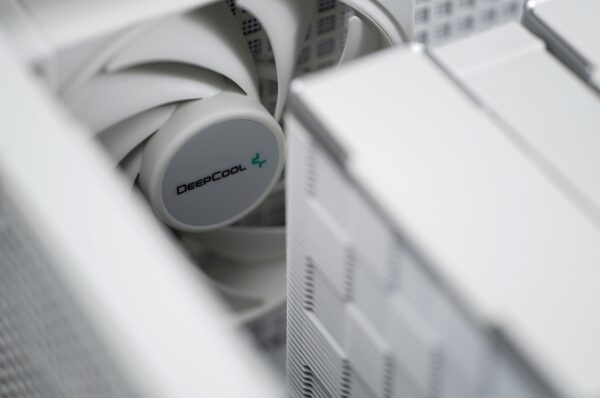
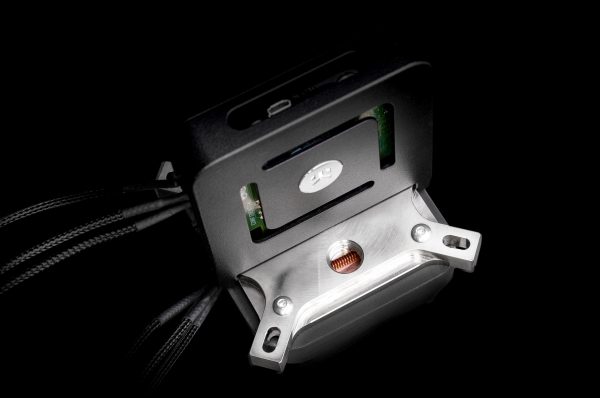
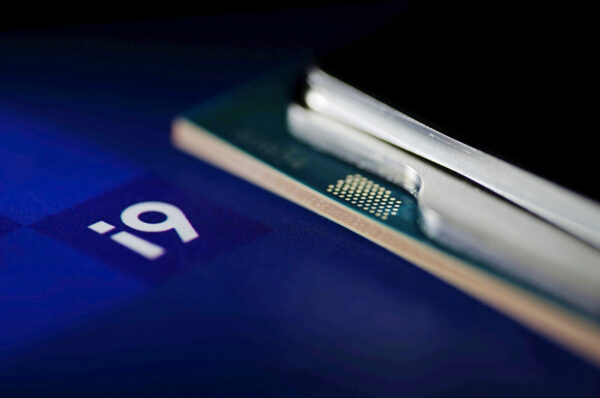

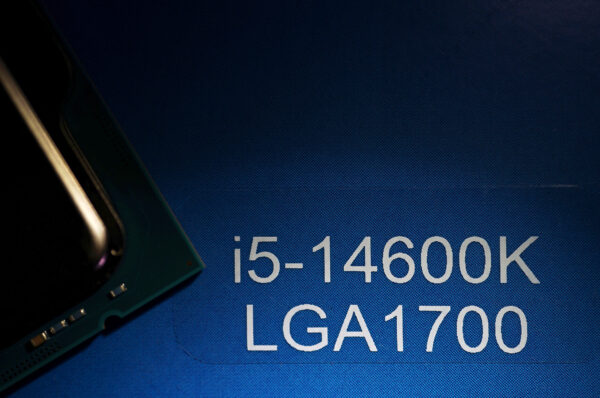
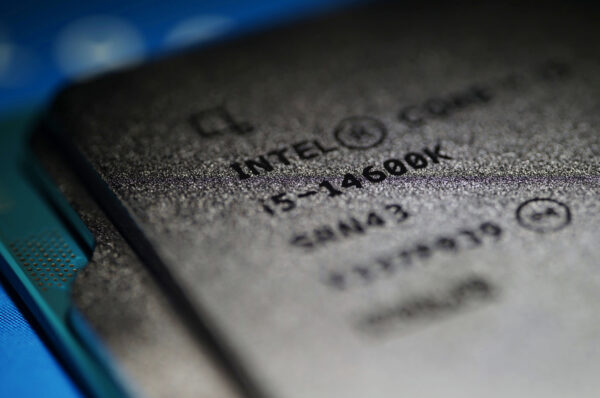
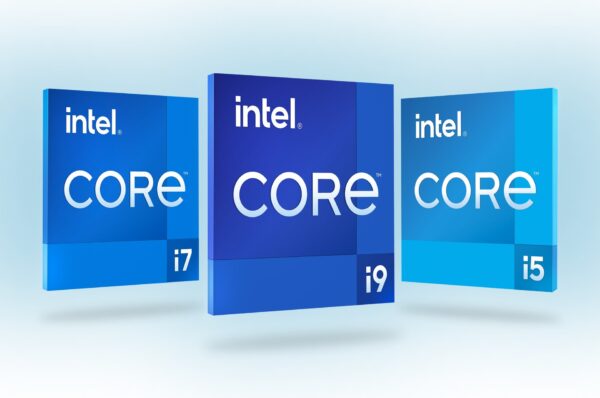
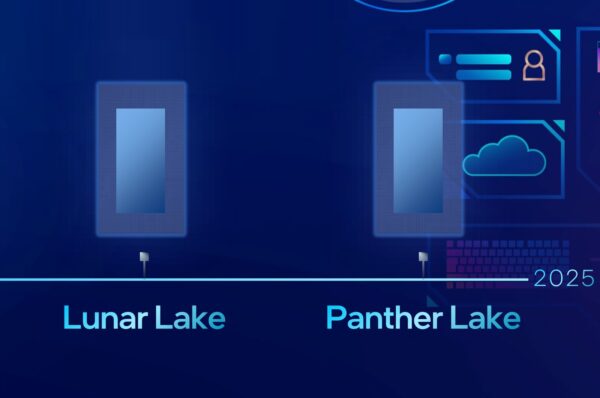
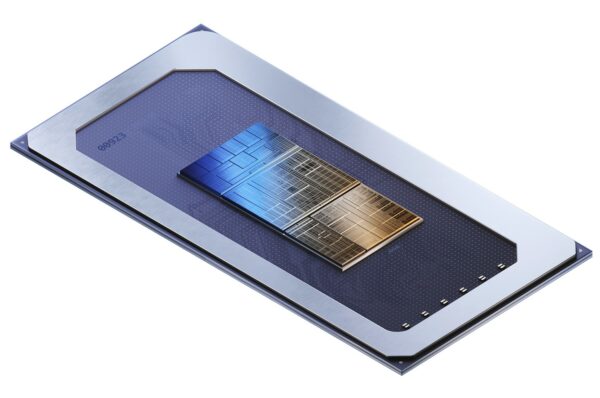
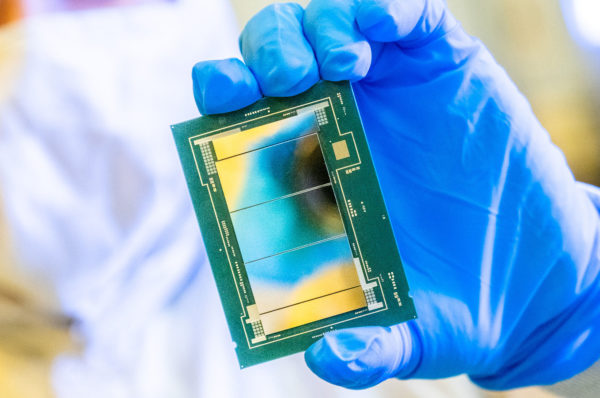
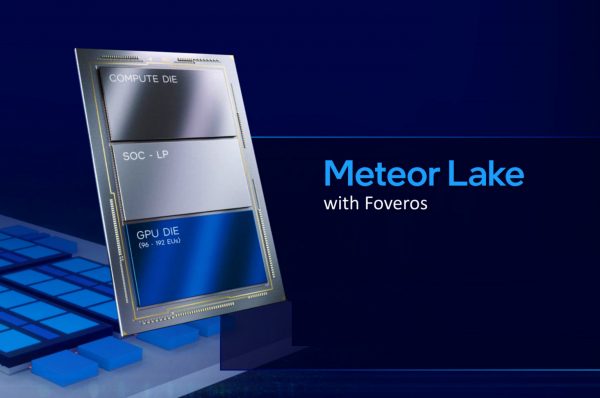
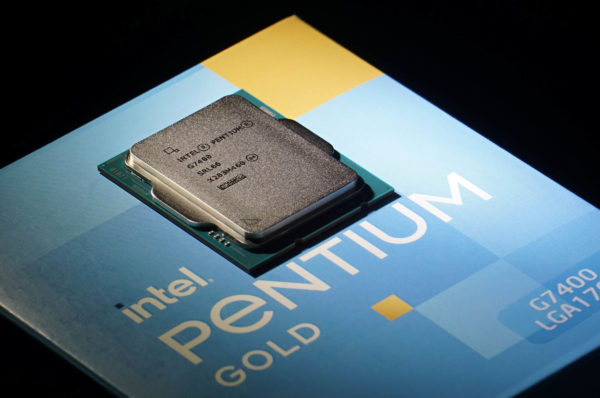
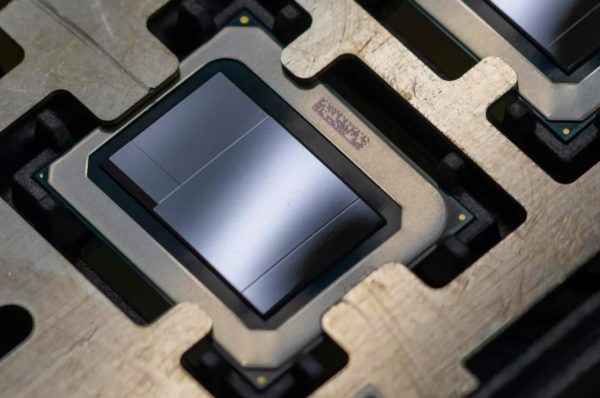
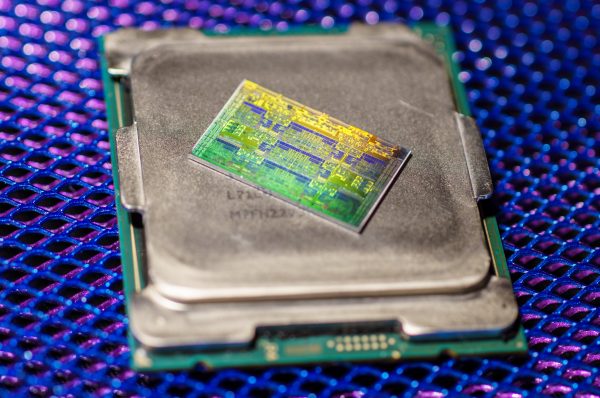
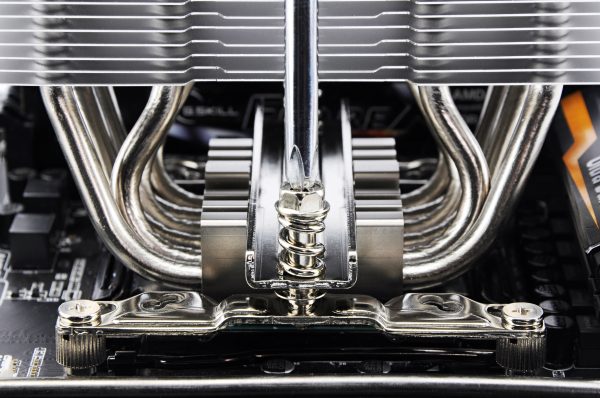



Latest comments